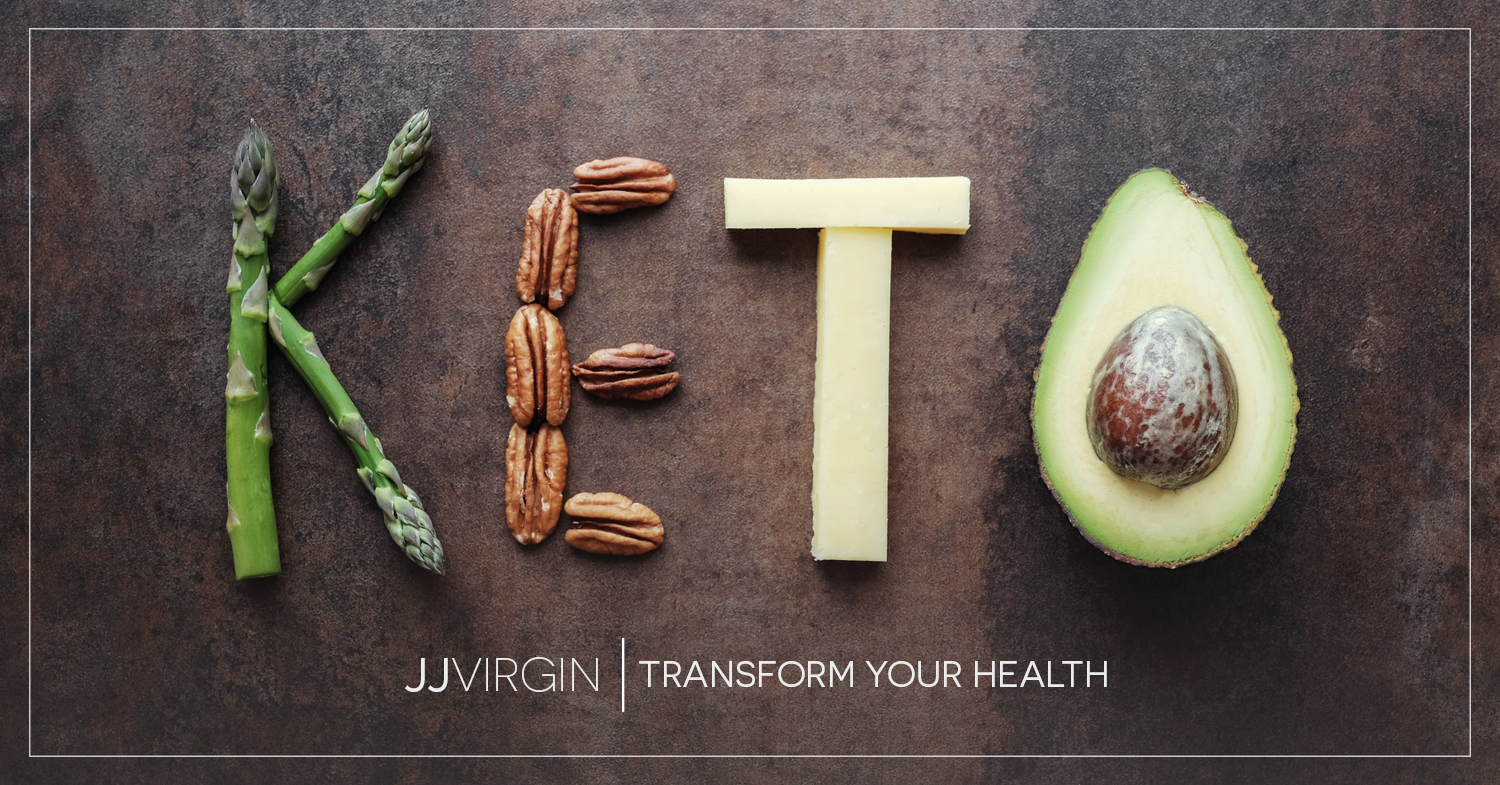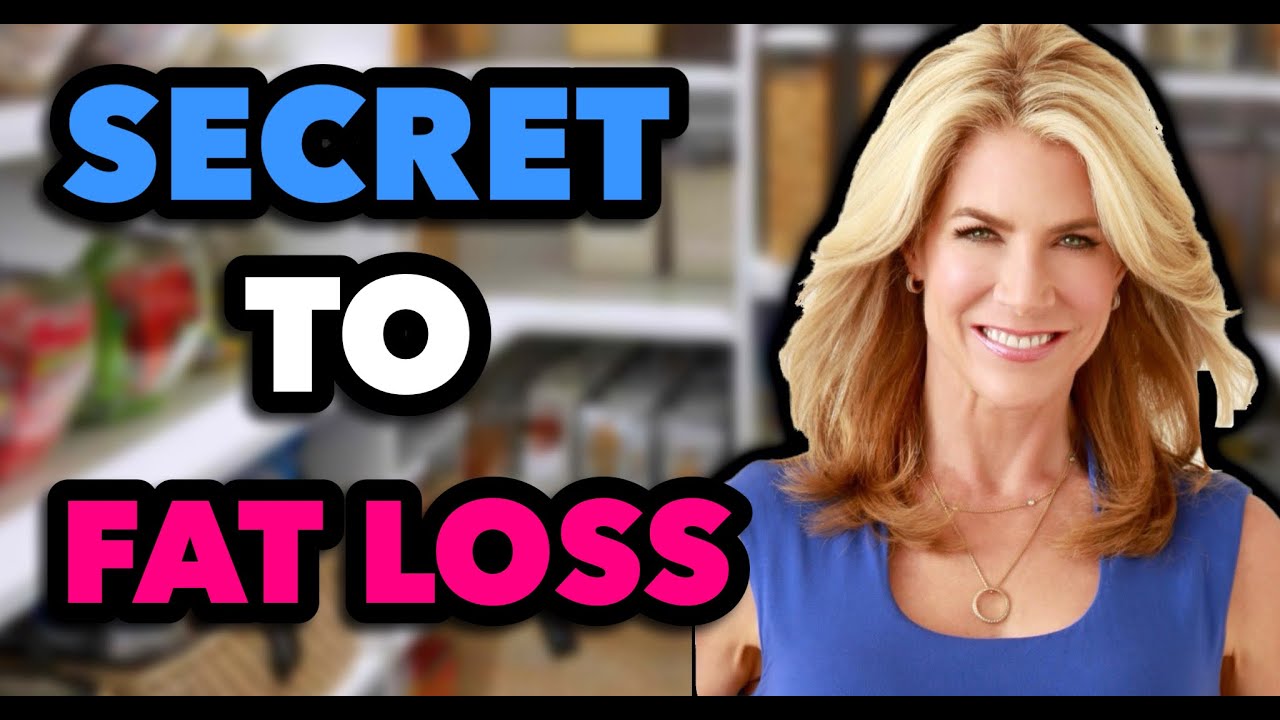Ketogenic diets – also called keto diets or “going keto” – show promise for immune health, lowering inflammation, autoimmune disease, healing your gut, and being the best fat burner. But is a keto diet right for you? Read on to learn more.
The ketogenic diet is officially the hottest new nutrition trend on the planet. I’ve seen keto-specific products everywhere from my local grocery store and pharmacy to restaurant takeout menus.
But what all those trendy mentions leave out is how terrible keto can be for you if you do it before you’re ready!
While you might think it’s a new idea, the ketogenic diet has actually been used since the 1920s as a reliable way to help curb seizures for people with epilepsy. Fast forward a hundred years, and it’s transformed into a global phenomenon!
My Ultimate Health Roadmap is a short, actionable guide that shows you how easy it can be to take small but important steps every day toward staying fit, healthy, and positive. Grab your FREE guide here.
What exactly is a ketogenic diet?
A keto diet is high in fat, moderate in protein, and low in carbs. By eating more healthy fats and limiting carbohydrates on a ketogenic diet, your body goes into ketosis, which means it’s forced to rely on fat for energy instead of glucose.
Why go keto?
Folks turn to keto for help with a variety of issues, including:
- Epilepsy
- Traumatic brain injuries
- Neurodegenerative conditions like Alzheimer’s and Parkinson’s disease
- Insulin resistance and type 2 diabetes
- Certain types of cancer
- Weight loss
However, success with keto requires the ability to burn fat for fuel!
If you want your body to dip into your fat stores for fuel, you have to shift from burning sugar as your primary source of energy to burning fat instead.
Because fat burns more slowly and steadily, fat burners can easily go 4-6 hours between meals and don’t suffer from sugar or carb cravings. They also lose fat easily and experience more steady energy.
But if your primary source of fuel is glucose, your body isn’t able to access your fat stores for energy. Suddenly cutting off your supply of sugar and carbs will make you feel awful, setting off a non-stop series of hunger, brain fog, and energy crashes.
So how do you tell if you’re burning sugar or fat?
You know you’re a sugar burner if any of these ring true…
- You seldom feel completely full and satisfied after a meal. Stuffed, maybe. Bloated and uncomfortable, yes. But ready to go another 4-6 hours without anything else to eat? No way.
- You snack regularly throughout the day. You typically graze throughout the day, even when you’ve resolved to stop eating so much between meals. If you don’t snack, you feel lethargic and moody, especially at 3 PM.
- You often get “hangry.” You’re no stranger to apologizing for being irritable because you were hungry. Your friends and family know that a bad attitude means hand you some food!
- You crave carbs and sugar. A meal isn’t complete without potatoes, rolls, or pasta. Dessert is a must. And when you try to eat less sugar, you find yourself cranky, headachy, or unable to focus.
- You struggle with belly fat. Even when you lose weight, it’s in your arms and legs. You just can’t seem to trim inches from your waist size.
What should you do if you’re a sugar burner?
If you recognize yourself as a sugar burner, the WORST thing you can do is try and totally eliminate sugar.
Drastically reducing your intake of carbs cold turkey will only lead to cravings and withdrawal, setting you up for a cycle of yo-yo dieting and further health issues.
Instead, you need to gradually lower your sugar impact by eliminating the most damaging sugars and replacing high-sugar impact foods with healthier options. The Sugar Impact Diet walks you through that process, where you shift from being a sugar burner to a fat burner. It’s the easiest and safest way to transition to a ketogenic diet!
How to Do Keto Safely
If you decide to try a ketogenic diet once you’ve made the switch from burning sugar to burning fat, here are some important tips to keep in mind:
- Ketogenic diets should be cycled rather than used long-term. Don’t go keto for more than three months at a time.
- Ketogenic diets are never safe for pregnant or lactating women. And they’re not recommended for people with thyroid or adrenal issues, especially women over 40.
Learn more about keto diets in this Ask the Health Expert with my dear friend Dr. Anna Cabeca. And learn three common keto mistakes in this Medium article.
The big takeaway: if you choose to incorporate a short-term ketogenic diet into your eating plan, the key to success is lowering your sugar impact gradually and training your body to burn fat for fuel first!
Thinking about keto (or currently doing keto) and have a sweet tooth? You don’t need to undo all of your hard work with a high-sugar impact catastrophe! My Sweet Treats Recipe Guide lets you satisfy your sweet tooth… without the inflammatory gluten, dairy, soy, peanuts, corn, and artificial sweeteners you find in many desserts. Get your guide FREE here.
The views in this blog by JJ Virgin should never be used as a substitute for professional medical advice. Please work with a healthcare practitioner concerning any medical problem or concern. The information here is not intended to diagnose, treat, or prevent any disease or condition. Statements contained here have not been evaluated by the Food and Drug Administration.
*These statements have not been evaluated by the Food and Drug Administration. This product is not intended to diagnose, treat, cure, or prevent any disease.





